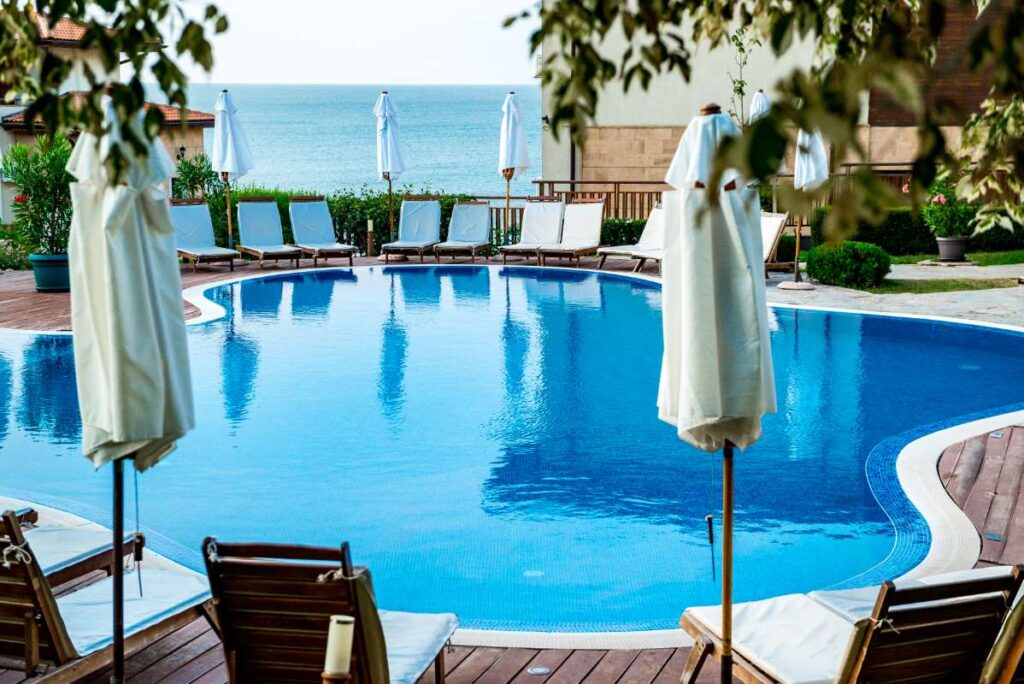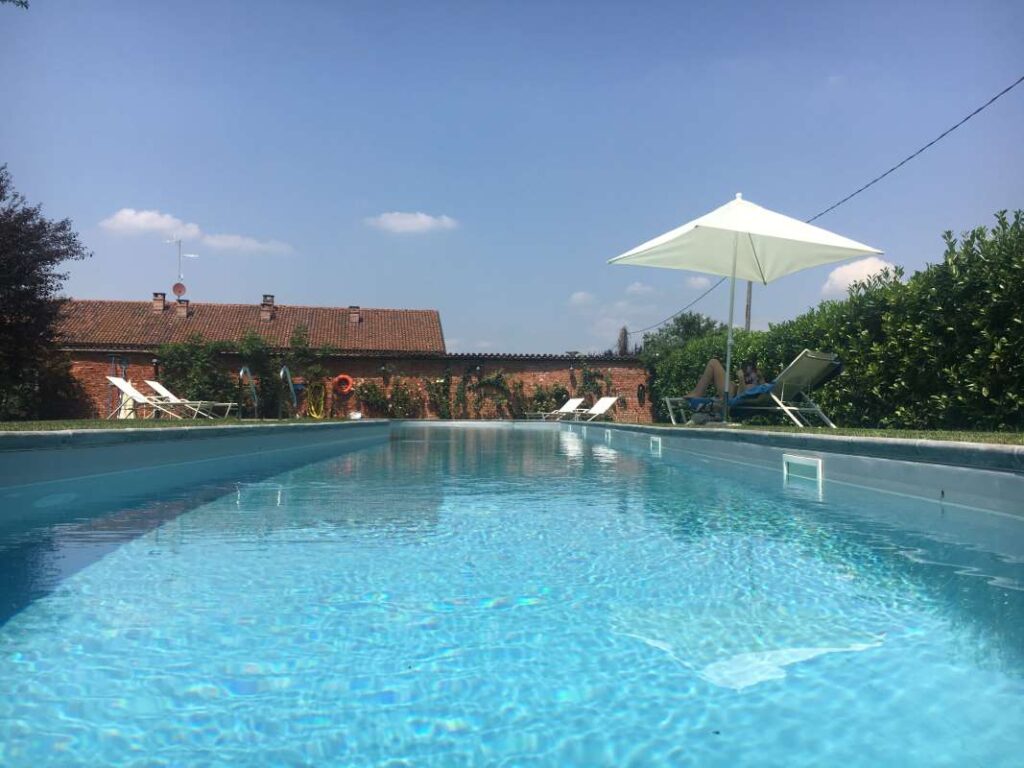Comprehensive Guide to Swimming Pool Valves and Settings
Discover everything you need to know about swimming pool valves and settings for effective maintenance and operation, ensuring a safe and enjoyable swimming experience.
This extensive guide delves into the crucial components of swimming pool valves and settings, exploring their types, functions, maintenance, and how they contribute to the overall performance of your pool system. Whether you’re a pool owner, service technician, or aspiring entrepreneur in the pool maintenance industry, understanding these elements will enhance your ability to manage and care for swimming pools effectively.
Introduction
Swimming pools are a great source of enjoyment and relaxation, especially during the hot summer months. However, maintaining a pool requires an understanding of various components, particularly the valves and settings that control water flow and filtration. Pool valves are not just simple devices; they play a vital role in ensuring the longevity of your pool system and the quality of the water. This guide will cover everything from the types of valves to their settings and best maintenance practices, providing valuable insights to enhance your pool management experience.
Understanding Pool Valves
Pool valves are mechanical devices that control the flow of water in and out of the pool. They come in various types and sizes, each designed for specific functions. Understanding these valves is essential for effective pool maintenance.- Types of Pool Valves: – Diverter Valves: These allow you to direct water flow to different areas, such as to the spa or waterfalls. – Multiport Valves: Typically found on sand filters, these valves allow you to select different operations like backwash, rinse, and waste. – Check Valves: These prevent water from flowing back into the system, protecting pumps and filters. – Isolation Valves: Used to shut off the flow of water to specific parts of the pool system for maintenance.Each type of valve serves a unique purpose, and knowing when and how to use them can significantly affect your pool’s efficiency.
How Pool Valves Work
Understanding how pool valves work is important for troubleshooting and maintenance. The operation of each valve type can be explained as follows:- Diverter Valves: When you adjust the lever, you change the direction of the water flow. This is useful for creating different water features or maintaining different temperature zones.- Multiport Valves: The valve handle can be turned to select a specific operation. For instance, when backwashing, the valve will redirect the flow of water from the filter to flush out debris.- Check Valves: They use a flap mechanism that opens when water flows in the intended direction and closes when it tries to flow back, preventing any reverse flow.- Isolation Valves: You can manually turn these valves to cut off water supply to specific parts of your pool system, such as when you’re performing repairs or maintenance.It’s crucial to regularly check valves for wear and tear, as malfunctioning valves can lead to water quality issues or increased energy costs.
Setting Up Your Pool Valves
Proper valve settings are essential for optimal pool performance. Here are some commonly used settings and their purposes:1. Filtration Mode: This is the standard setting for daily operation. It allows water to be filtered and sanitized.2. Backwash Mode: Use this setting when your filter requires cleaning. It reverses the flow of water to flush out contaminants trapped in the filter.3. Rinse Mode: After backwashing, rinse the filter to remove any remaining debris before returning to filtration mode.4. Waste Mode: This setting allows you to remove water from the pool, such as when lowering the water level or vacuuming large debris directly to waste.5. Recirculate Mode: This bypasses the filter and allows water to be circulated without filtration, useful for adding chemicals or equalizing water temperature.6. Closed Position: This shuts off the flow to that particular line in the system, used during maintenance or repairs.Understanding how to set these valves depending on your pool’s needs is crucial for maintaining water quality and ensuring that your pool operates efficiently.
Maintenance of Pool Valves
Regular maintenance of your pool valves will ensure their longevity and proper functioning. Here are some tips:- Inspect Regularly: Check valves for leaks or signs of wear. Replace any that show damage to prevent water loss.- Clean Valves: Dirt and debris can clog valves. Regularly clean them to maintain proper flow.- Lubricate Moving Parts: Use a silicone-based lubricant on the moving parts of the valves to ensure smooth operation and to prevent corrosion.- Monitor Settings: Keep an eye on valve settings, especially after heavy storms or when adding chemicals to ensure they are set correctly for optimal performance.- Professional Servicing: Consider hiring professionals for annual checks, especially if you are not comfortable performing in-depth maintenance.By following these maintenance practices, you can minimize the risk of equipment failure and ensure your pool remains in top condition.
Common Issues with Pool Valves
Despite regular maintenance, pool valves can experience several common issues. Here are some problems to watch for:- Leaking Valves: This can lead to significant water loss and should be addressed immediately. Check seals and gaskets for wear.- Stuck Valves: Valves can become stuck due to debris buildup or corrosion. Cleaning or replacing them may be necessary.- Incorrect Settings: Sometimes, valves may not be set correctly, leading to poor water circulation or filtration inefficiencies.- Noise During Operation: Strange noises can indicate air leaks or that the valve is not functioning correctly. Investigate and resolve these issues promptly.Understanding these issues allows for quick troubleshooting, ensuring your pool remains enjoyable and well-maintained.
Conclusion
In conclusion, a thorough understanding of swimming pool valves and their settings is crucial for anyone involved in pool maintenance. By knowing the different types of valves, how they work, and the best practices for maintenance, you can ensure that your pool operates efficiently, providing a safe and enjoyable environment for swimmers. Whether you’re an aspiring entrepreneur looking to enter the pool service business or a homeowner striving for the perfect backyard oasis, mastering the art of valve and setting management can lead to significant improvements in pool care.For those interested in pursuing a career in the pool industry, consider exploring
pool routes for sale to kickstart your journey. With comprehensive training and support, you can become an expert in pool maintenance and provide exceptional service in your community.



